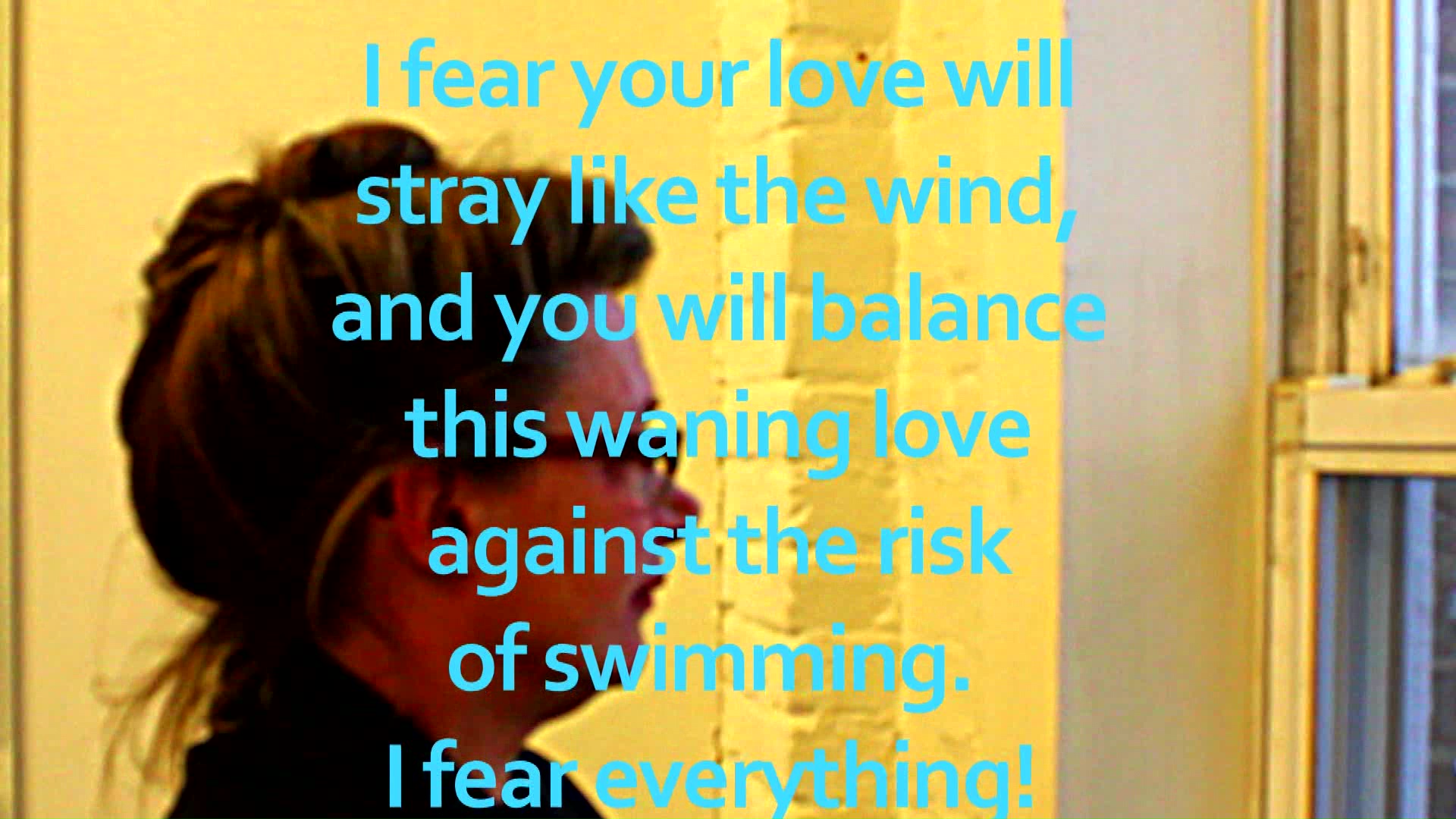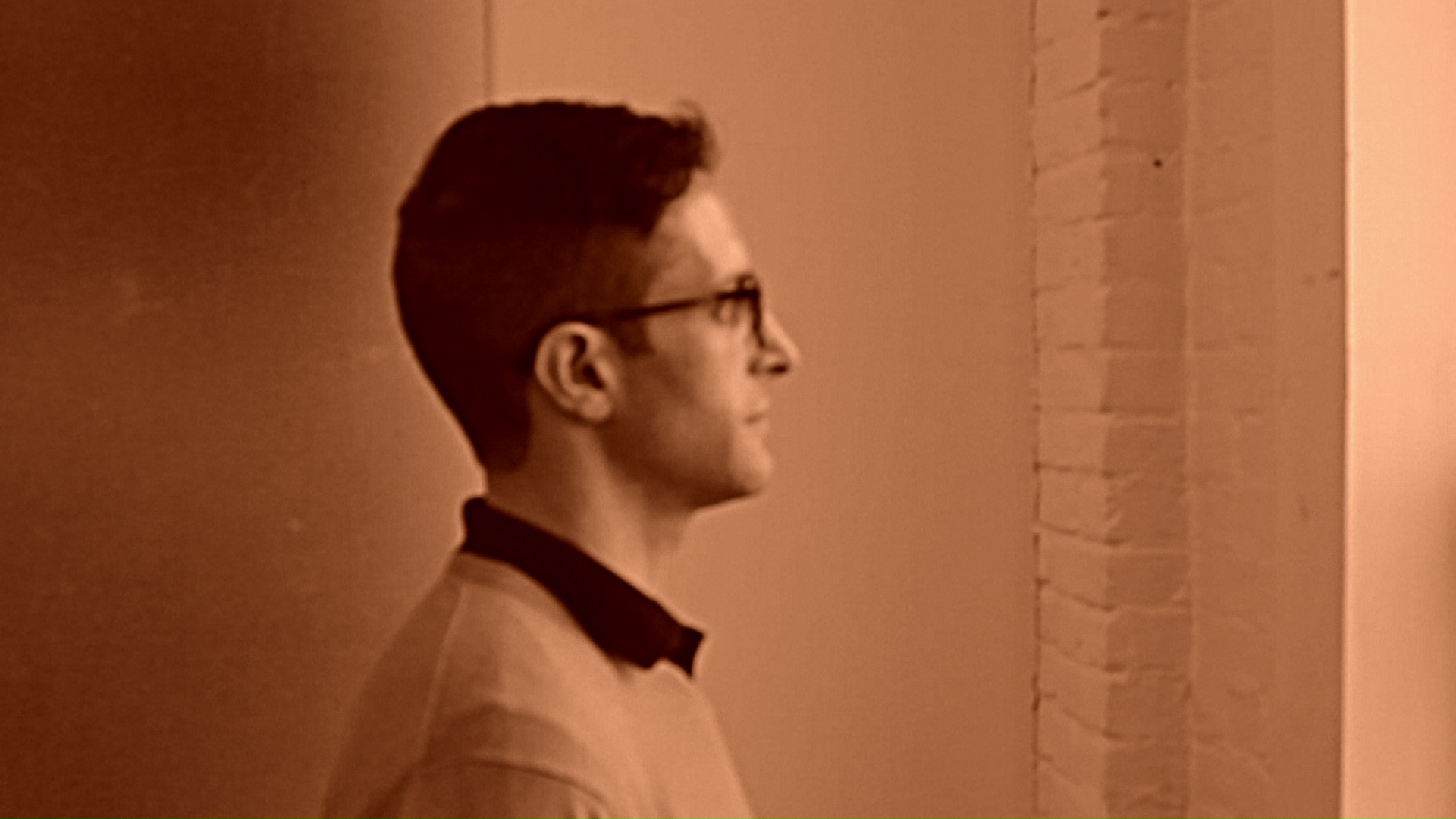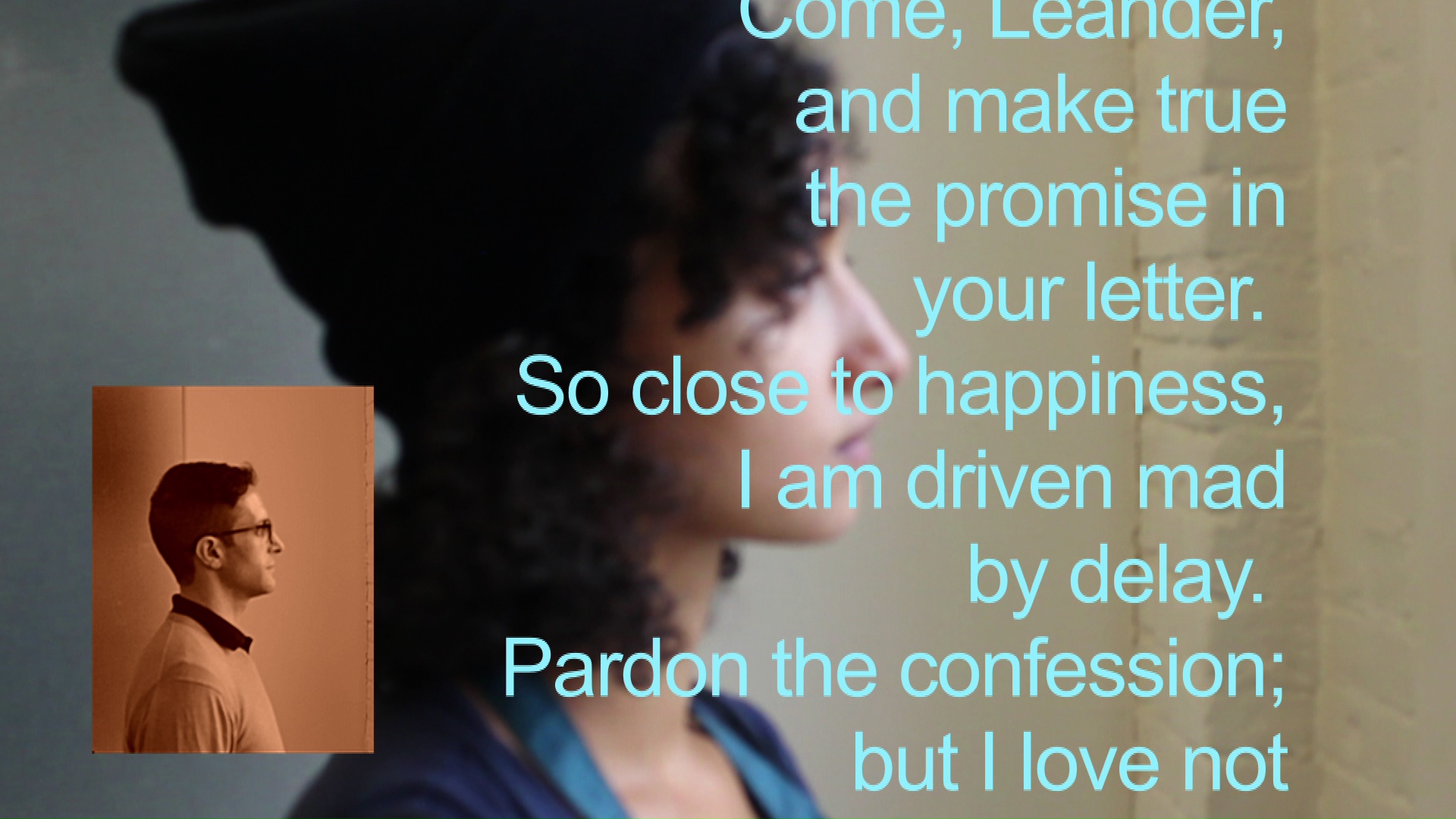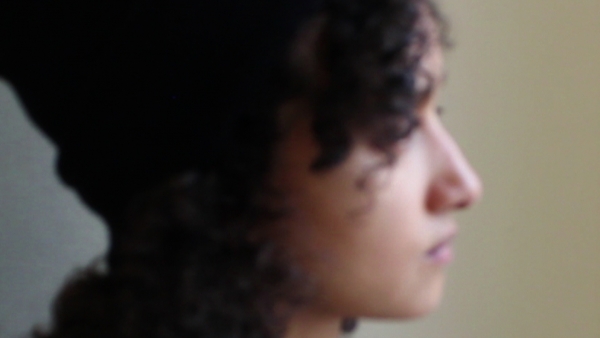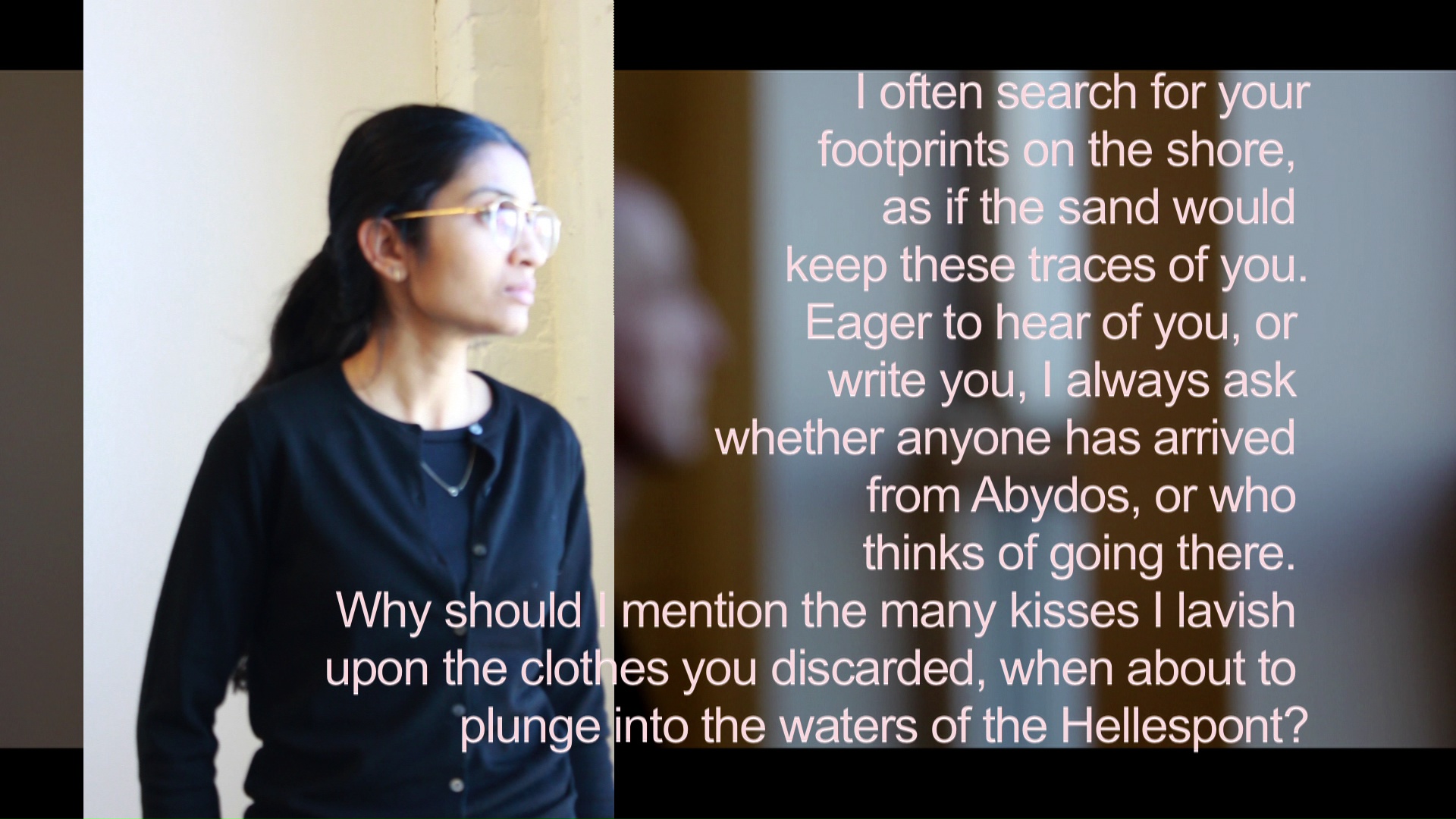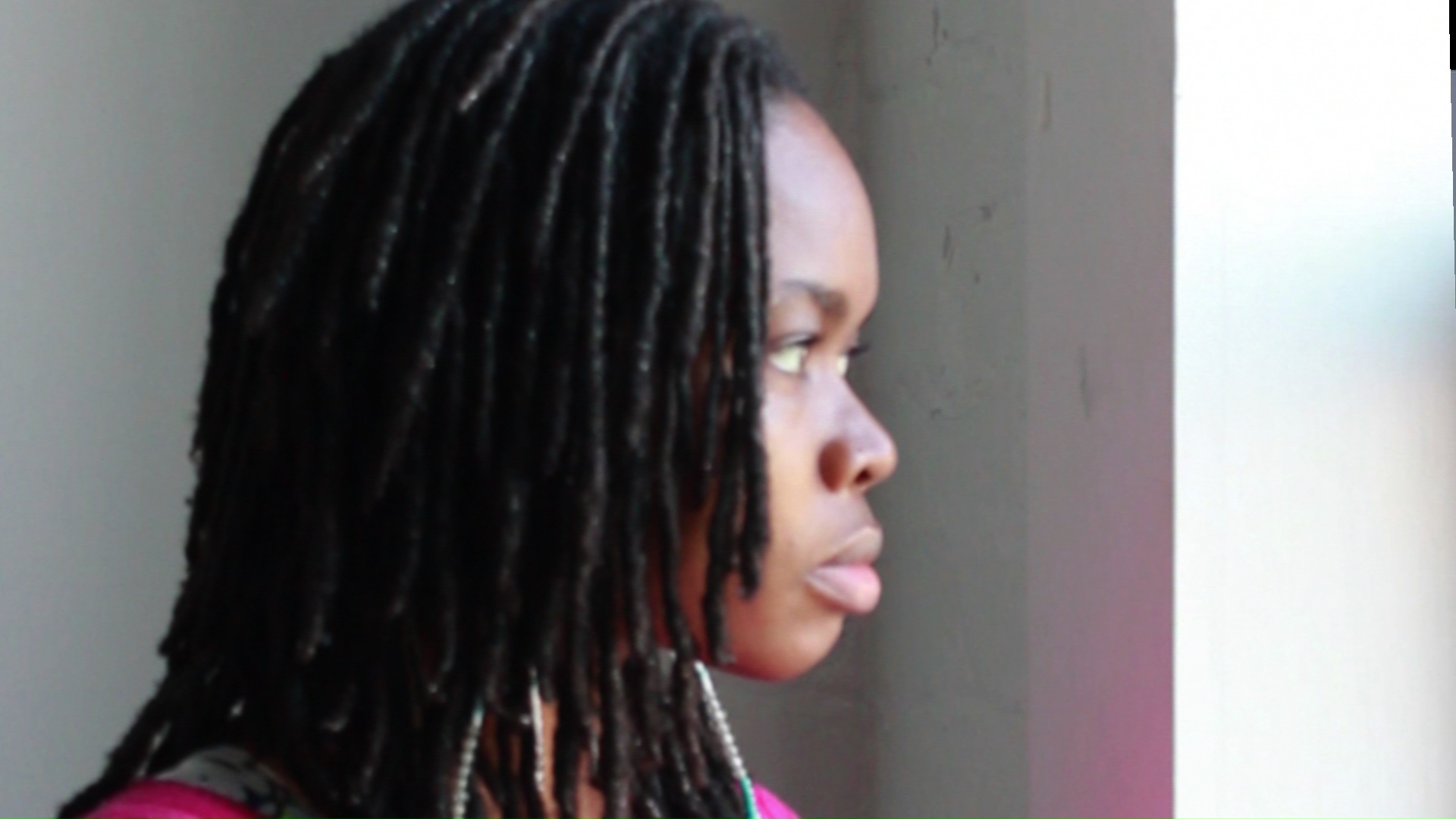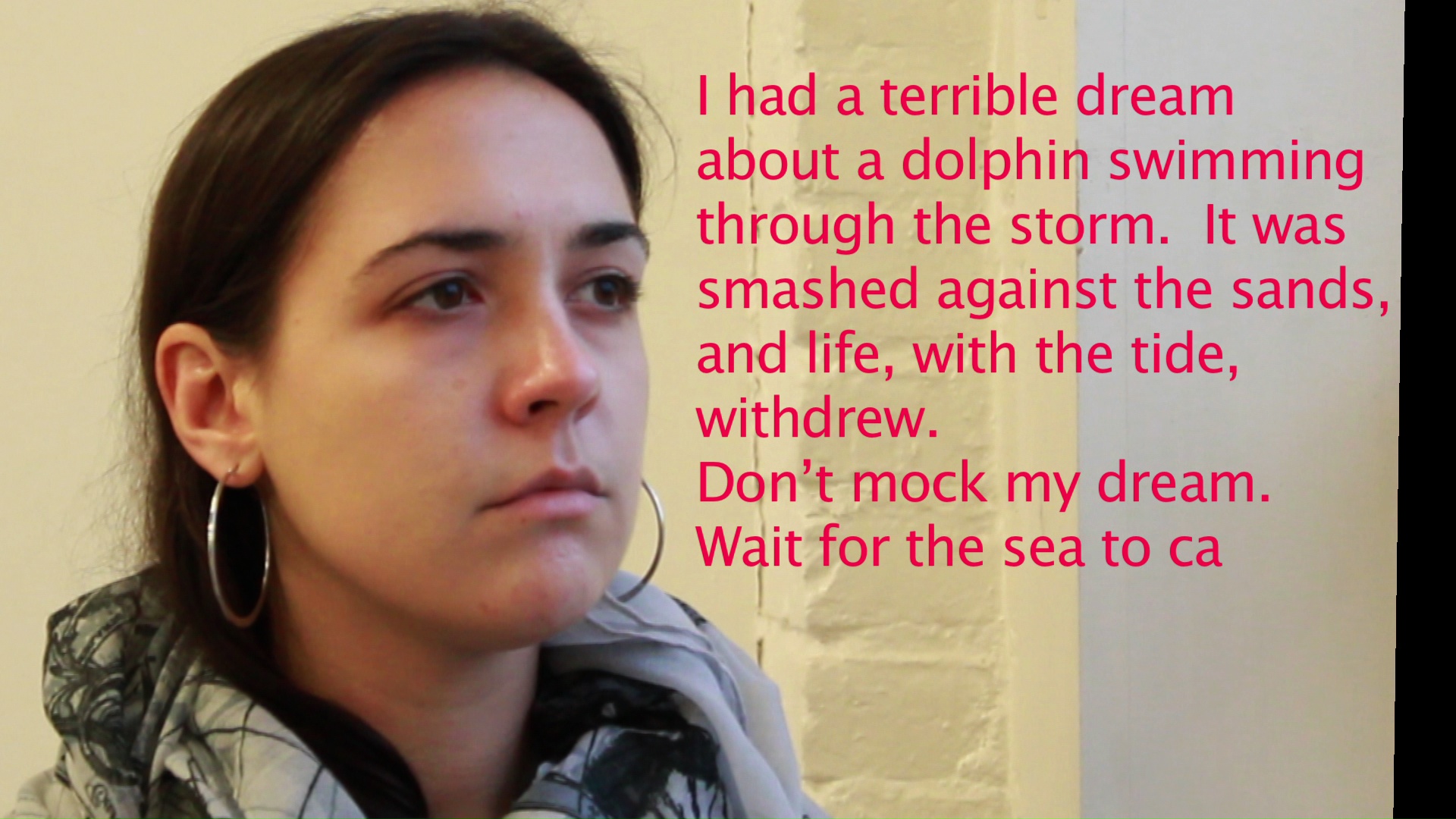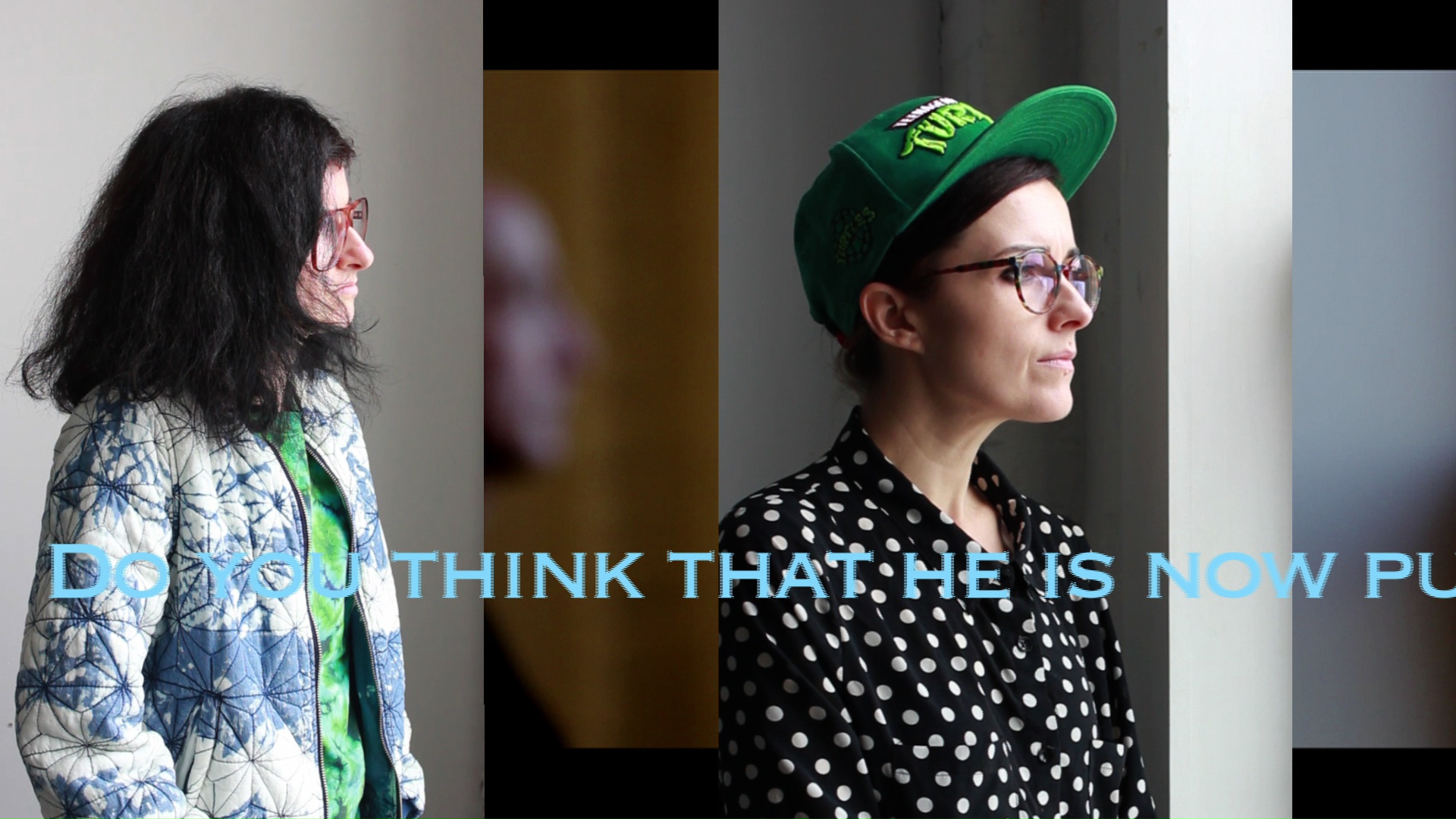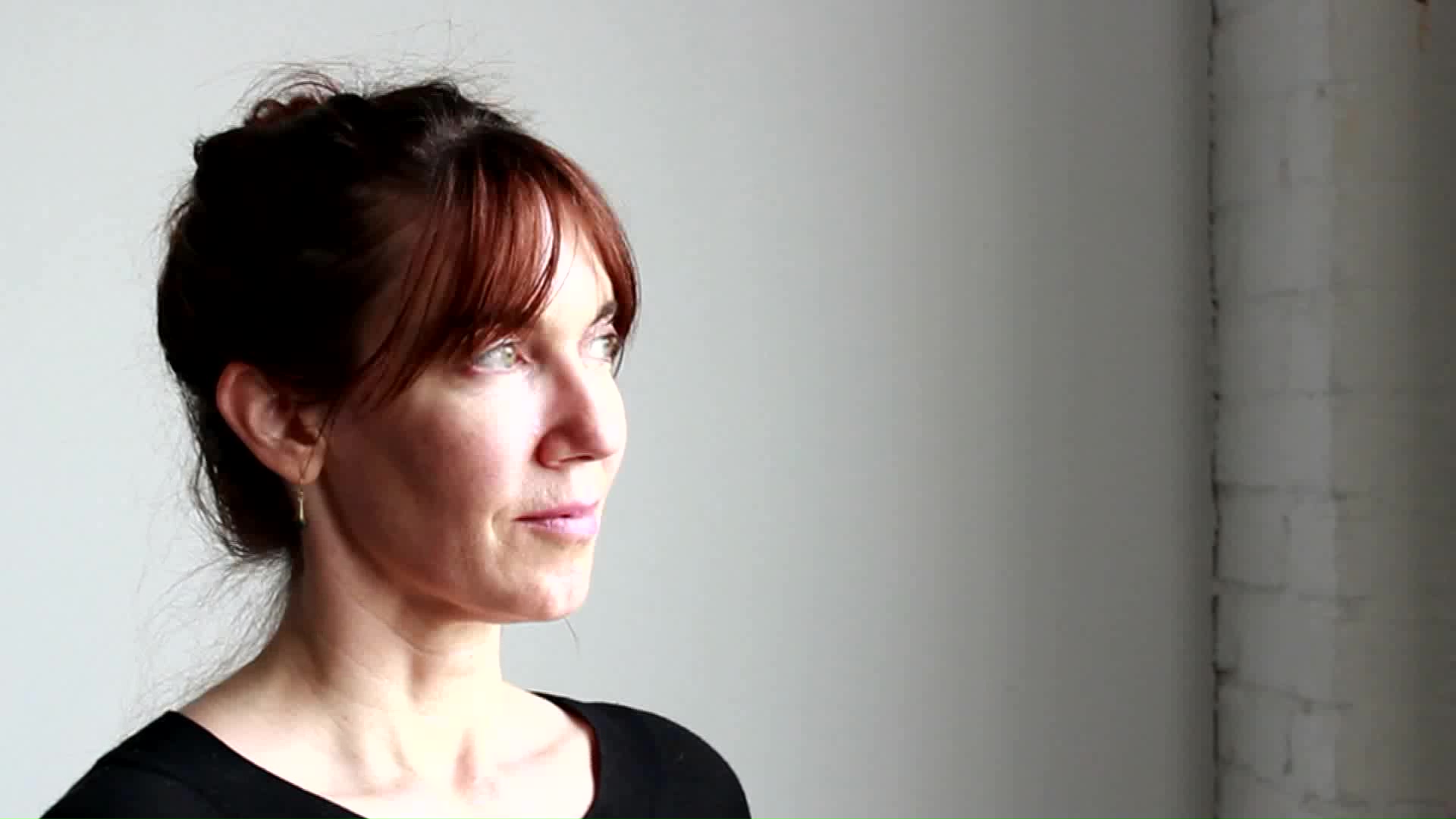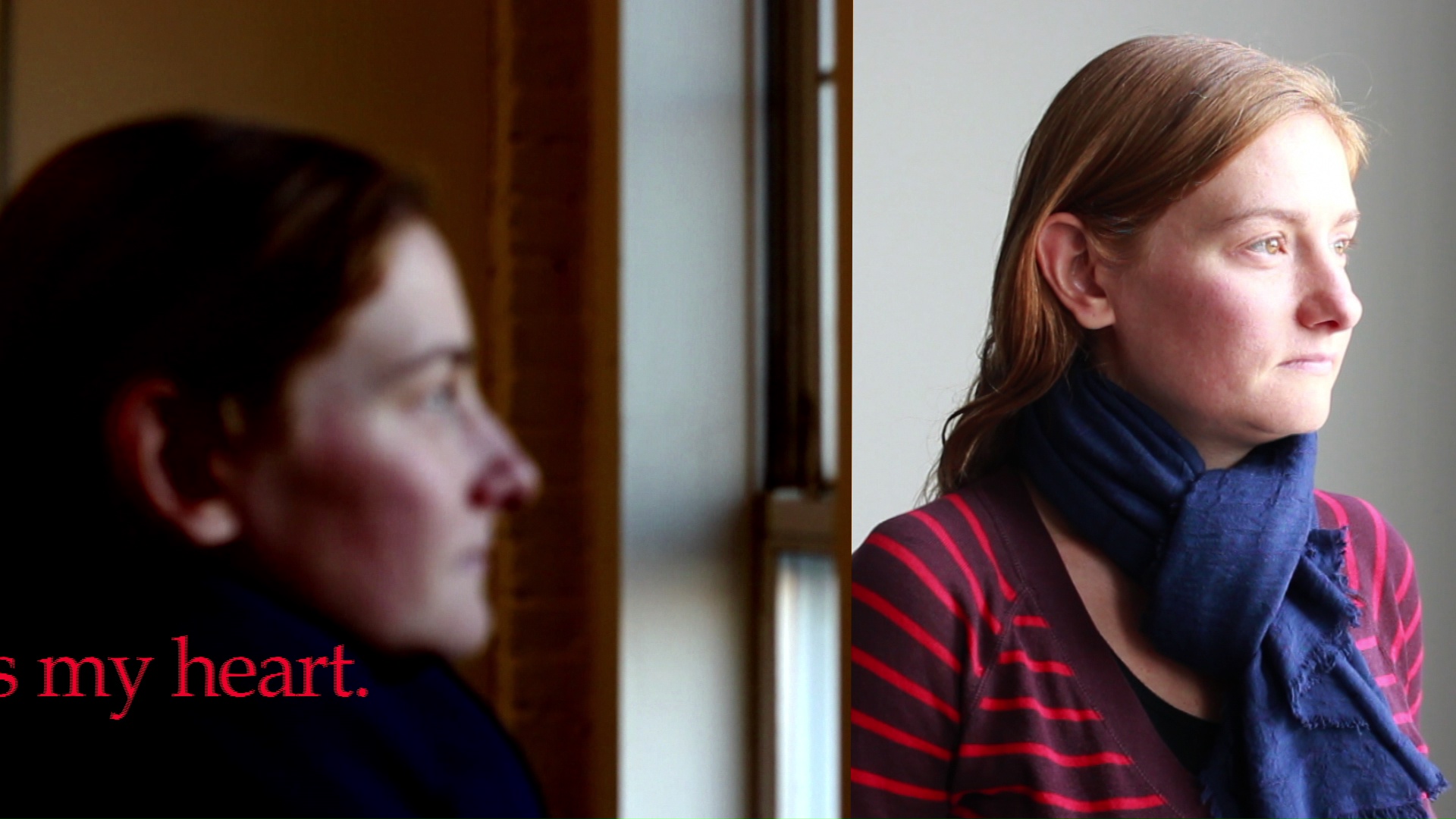Curtain Wall Part 4: Hero’s Watch
LMCC Process Space Studios, 2015; Hercules Art Studios, 2017
About The Project:
Based on Christopher Marlowe’s unfinished treatment of the ancient myth of Hero and Leander, Curtain Wall Part 4: Hero’s Watch focuses on spectatorship.
Hero and Leander, Marlowe’s poem drawn from the myth, which he left incomplete at the time of his murder in 1593, is a drama predicated upon a landscape. Leander falls in love with Hero, a virgin nun of Venus, and swims to her across the Hellespont, a treacherous strait in what is now Turkey.
When he was murdered, Marlowe had only written of how Hero and Leander fell in love and spent their first night together. To continue Marlowe's work, I turned to the letters between Hero and Leander that are attributed to Ovid (43 BCE to 17 CE) as part of his Double Heroides. Because classicists have long questioned the authenticity of the Double Heroides, I felt free to appropriate and adapt.
After their first night together, Hero watches for Leander to swim back to her, her suspense always heightened by the risk that he will die in the crossing, the exquisite mingling of love and death known as Liebestod. In Ovid’s imagining, autumn storms eventually make it impossible for Leander to swim across to Hero, and, while they wait to meet again, they send letters to each other.
The pensive, isolated figure of Hero occurs where the story is suspended: Hero waits for Leander’s performance to be continued. Analogously, Laura Mulvey described the feminine presence in American cinema in her groundbreaking essay, “Visual Pleasure and Narrative Cinema”: “The presence of a woman is an indispensible element of spectacle in normal narrative film, yet her visual presence tends to work against the development of a story line, to freeze the flow of action in moments of erotic contemplation.” Ovid’s letters are situated at just such a point where the story is stayed. Hero’s watch is an act of extended spectatorship that disjoins the narrative. Its essence is its inconclusiveness. It can be prolonged, multiplied, and repeated endlessly.
Spectatorship is here the action and subject matter of the piece. The participants in the film were asked to look out the window for about two minutes. Film doubles the phenomenon of spectatorship: while Hero watches, the camera watches Hero.
Much of the antipathy toward theater as a medium rests on the supposed passivity of the spectator, who sits silently during the performance. As Rancière described this ideology, “What remains vivid, both in [artists’] practice and in the criticism they experience, is precisely the ‘critique of the spectacle’ – the idea that art has to provide us with more than spectacle, more than something devoted to the delight of passive spectators, because it has to work for a society where everybody should be active. The ‘critique of the spectacle’ often remains the alpha and omega of the ‘politics of art.’”
Contrary to this widely accepted belief, the mind of the spectator is indeed active: looking, listening, feeling, reading faces and gestures, considering architecture and objects, absorbing the text, hearing music, following the movement of bodies in space, and constantly searching back and forth in time in the experience of the performance to consider associations, criticisms, and emergent meanings, which themselves will change as the performance proceeds. As Rancière wrote, “Being a spectator . . . is our normal situation. We also learn and teach, act and know, as spectators . . . .”
I am currently a Lower Manhattan Cultural Council Process Space Resident Artist. Curtain Wall Part 4: Hero's Watch was created during my LMCC Process Space Residency on Governors Island, which had been a United States military post, starting in 1783. On Governors Island, for over two hundred years, men and women watched and waited for those they loved to return from war, knowing that many of them would not. Memorials to the war dead may be found all over the island.
Curtain Wall Part 1 was an installation with audio text in a vacant office in the Financial District, part of my 2011-2012 LMCC Workspace Residency. Though high up, the office looked directly across a narrow alley into other offices in another tall building, where daily the workers were a spectacle for me, as I was for them. “Curtain wall” is an architectural term, referring to the nonstructural sheathing, including windows, on modern office buildings; the phrase also evokes the imaginary boundary between performer and spectator in theater. Curtain Wall Part 2 transposed the audio text into a one-act play, performed in a theater in 2014, with the actor using three cameras to film the audience for immediate mixing and projection, enhancing the engagement with the performer/spectator roles. In Curtain Wall Part 3: Hero and Leander, An Immersive Landscape Theater Performance (2015), I swam across New York Harbor, enacting the legend, offering a possible ending to Marlowe's work, and commenting upon so-called “immersive” theater and the landscape in performance. I created a video that showed the swim in real time and also explored the process necessary for putting on such a performance, the literary history of the legend, and its associations in my life: I swam to meet my fiancé, the visual artist Franklin Evans.

